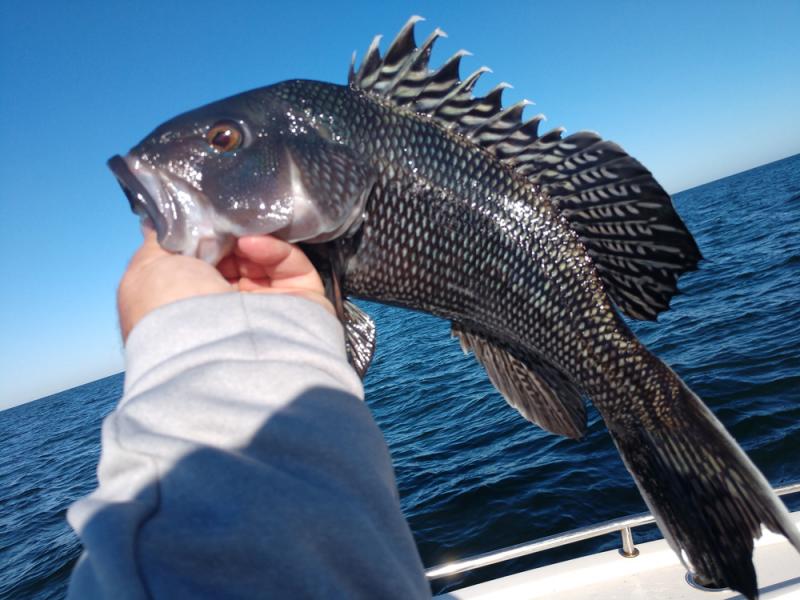Understanding current and tide is key to fishing in Delaware
Last week, we discussed the tides and currents that determine where and when fish are likely to feed in the Cape Region. Since almost all the water in the region is tidal, knowledge of tides and current is critical to successful fishing. Most tackle shops give away tide charts, and this newspaper prints the tides in every edition.
What they do not tell you about are the different changes in current direction at locations such as Indian River Inlet and the Lewes-Rehoboth Canal. As the tide fills the Inland Bays, it takes time before all that water reaches the end of the bays at Millsboro and Love Creek. Before the bays fill up, the tidal wave has passed by Indian River Inlet and the water begins to drop. Now high tide has gone by, but the current is still running in. This will continue until the bays reach high tide and the water begins to drain out. At that point, the current will be slack for a short time and then start running out.
Many years ago, when DuPont still owned Stren fishing line, they gave press tours called Stren University. I was fortunate to be a local outdoors writer and was always included as sort of the local guide.
We had a group of a half-dozen writers at Indian River Inlet during a particularly nasty nor’easter. The inlet was in full display on outgoing water with huge standing waves, and numerous rips and whirlpools.
A gentleman from Illinois by the name of Quail said that was some powerful river. I told him just wait a couple of hours and it will stop, turn around and go back the other way. He called me a liar. Said the Mississippi River didn’t do that. I said it did in Louisiana.
At Indian River Inlet, the time difference between high and low tide, and the change in current direction, is about one-and-a-half hours. As for locations in Indian River and Rehoboth bays, you must figure those out on your own or find a tide chart that shows that information.
The same tide difference and current change applies to the Lewes-Rehoboth Canal and up the Broadkill River. I have observed a two-hour tidal difference between Roosevelt Inlet and the top of the Broadkill River in Milton.
I like to fish the end of the incoming and the first of the outgoing, so I will plan to be at Indian River Inlet or the Lewes Boat Ramp at least two and as many as four hours before high tide. That way I can fish the incoming through the slack and the first two hours of the outgoing. It has been my experience that Delaware Bay fishes best on the incoming.
At Indian River Bay, I like to fish the shallow water between the main channel and White’s Creek on up to the Junction Buoy to Massey’s Ditch. This is only possible on high tide and is best very early in the morning or right at dusk when boat traffic is light. When the tide begins to fall, I switch to the deeper channels, but so does everyone else.
When fishing deep water such as the Old Grounds or the Del-Jersey-Land Reef, the current flow is more important than the stage of the tide. You must also consider the stage of the moon. New and full moons create the strongest current flows.
When trying to present a bait or lure in 100 feet of water, the pressure that much water has on your line is considerable. Add to this the strength of the current, and you must use even more weight to hold bottom.
New and full moons will produce the strongest currents and, as a general rule, I will try not to bottom fish in deep water during these periods. However, if the opportunity arises, the weather is good and the bite has been hot, I will load up with 8- to 10-ounce sinkers and head out.
The one thing you must do when fishing the bottom in deep water is use the exact same weight as everyone else on the boat. Nothing will tangle lines faster than one guy trying to fish with 6 ounces when all the other anglers are using 10 ounces. That 6-ounce sinker will go sailing with the current and pick up every line on that side of the boat.
Wind direction is another factor that must be considered. If the wind is in the same direction as the current, the drift speed will increase. The opposite is true when the wind and current oppose one another.
All of this information must be considered before heading out on a fishing trip so you have the best chance of success.























































